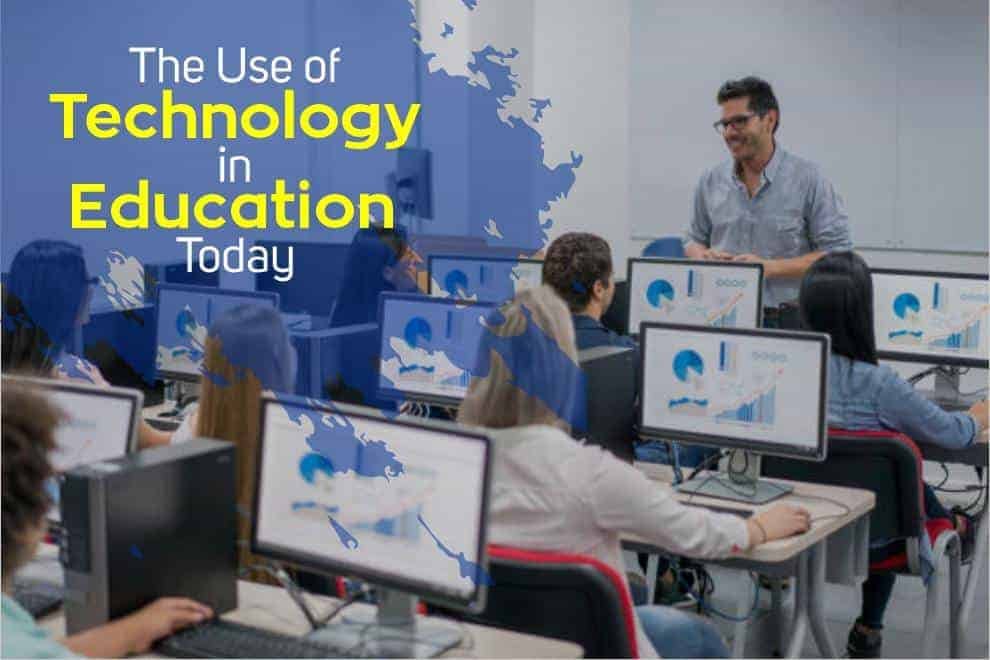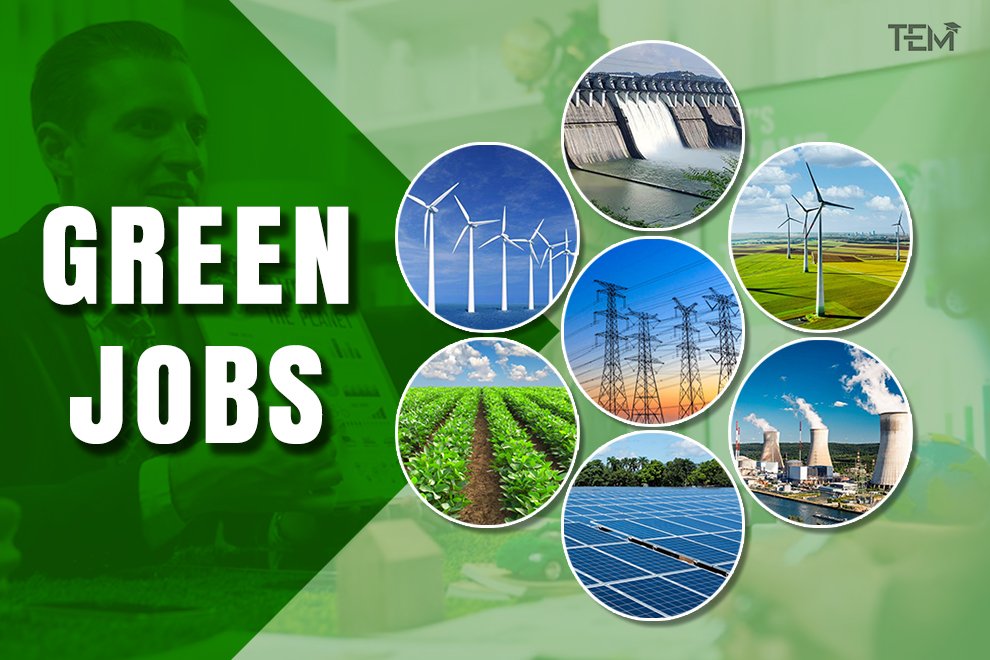A classroom is no longer a place where students sit in silence and take notes while the teacher lectures. With the advances in technology, the way classrooms look and operate has changed drastically. Teachers and parents can use this site to find relevant technological tools for lessons or homework.
Nowadays, technology is being used in every aspect of education. It has become an integral part of the learning process for students and teachers alike. From online learning platforms to interactive whiteboards, there are countless ways that technology is being used to enhance the educational experience.
Read further to find out about the role technology plays in educating students and preparing them for future success.
Online Learning
One of the most important ways that technology is used in education is for online learning. With the rise of online learning platforms, such as Khan Academy and Coursera, students are able to access high-quality educational resources from anywhere in the world.
What’s more, online learning is not just limited to formal educational institutions. There are also many free online resources that students can use to supplement their learning. For example, Duolingo is a popular language-learning platform that helps students to learn new languages in a fun and interactive way.
Interactive Whiteboards
Interactive whiteboards are another popular piece of technology that is often used in education. These boards allow teachers to create engaging, visual presentations that capture students’ attention. They also provide an interactive way for students to participate in lessons.
There are many different types of interactive whiteboards on the market, from simple, entry-level boards to more sophisticated models that come with a range of features. No matter what your budget is, there is an interactive whiteboard that will suit your needs.
Virtual Reality
Virtual reality is another emerging technology that is starting to be used in education. While it is still in its early stages, there are already a number of VR applications that can be used for educational purposes.
For example, Google Expeditions is a VR app that allows students to go on virtual field trips. They can explore different locations and learn about different cultures and historical events. There are also a number of VR applications that can be used for science lessons, such as Anatomy 4D. This app allows students to see and interact with human anatomy in a way that is not possible with traditional textbooks.
As VR technology becomes more affordable and accessible, it is likely that we will see an increase in the use of VR in education.
Artificial Intelligence
Artificial intelligence is another area where technology is starting to have a big impact on education. AI-powered applications, such as Gradebot, are being developed to help automate the grading process for teachers.
What’s more, AI is also being used to create personalized learning experiences for students.
Personalized Learning
Students can now benefit from personalized learning experiences that are tailored to their individual needs. This is made possible by the use of data and analytics.
By tracking students’ progress and understanding their strengths and weaknesses, AI-powered applications can provide each student with a customized learning plan. This ensures that students are being challenged at the right level and are receiving the support that they need to succeed.
Teachers Have Easy Access To More Engaging Tools
In the past, teachers had to rely on traditional teaching methods, such as lectures and textbooks. However, with the advent of technology, they now have access to a whole range of more engaging learning aids such as videos, games, and simulations.
This abundance of resources allows teachers to create more engaging and interactive lesson plans. It also gives them the opportunity to differentiate their instruction, so that each student can learn at their own pace.
How Will Technology In Schools Prepare Students For Jobs In The Future?
The way that technology is used in education is always evolving. As new technologies emerge, they provide new opportunities for educators to enhance the learning experience for their students.
Students always have ongoing access to knowledge and take subsidized classroom learning anytime. Future knowledge-based jobs will require workers to have a deep understanding of technology and how to use it.
The world of content creation is also providing a way for students to use their creativity and critical thinking skills to generate new ideas and products.
Technology in Education Can Benefit Students and Teachers
In conclusion, as the world becomes increasingly digitized, it is clear that technology will continue to play a big role in the future of education. By incorporating new technologies into the classroom, we can prepare students for the jobs of tomorrow and help teachers to provide more engaging and effective instruction.










